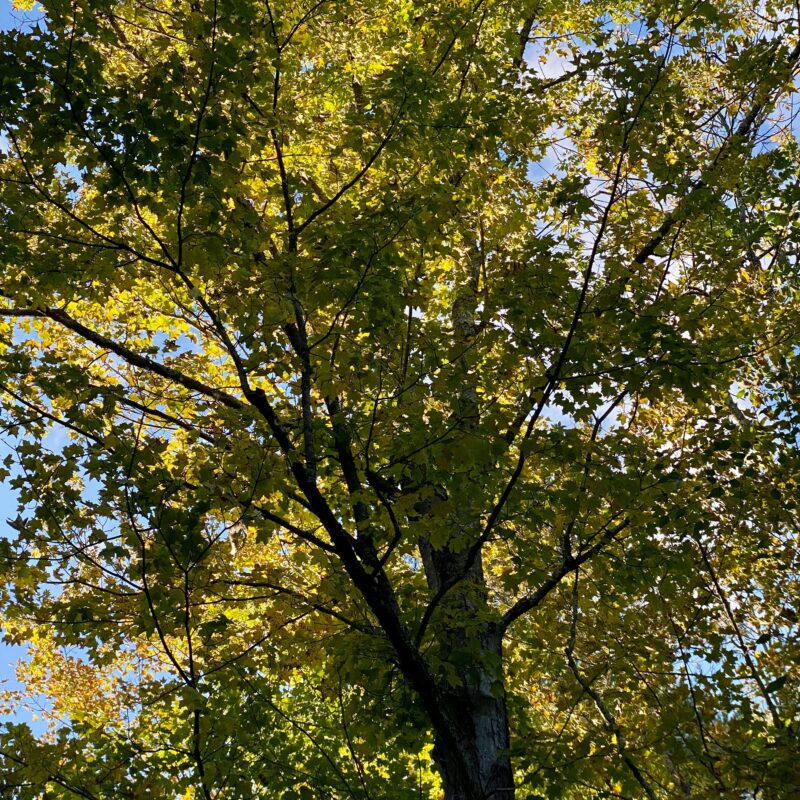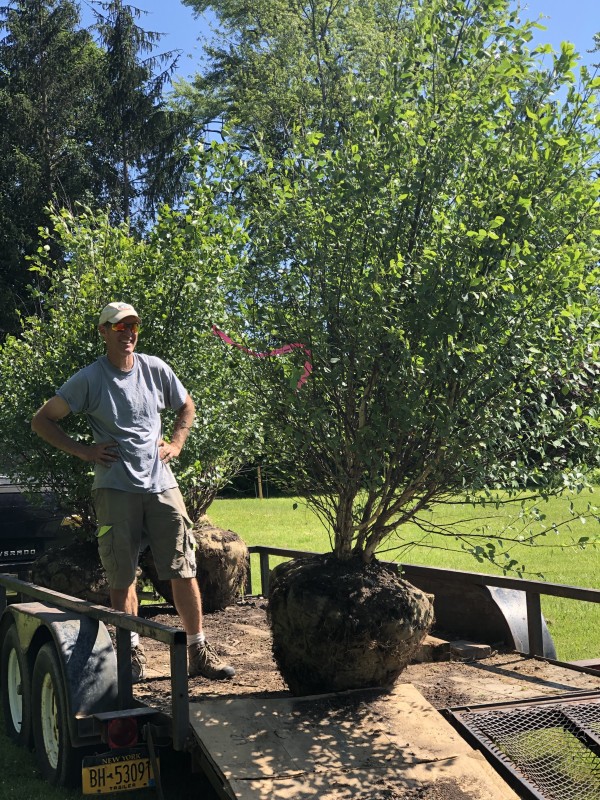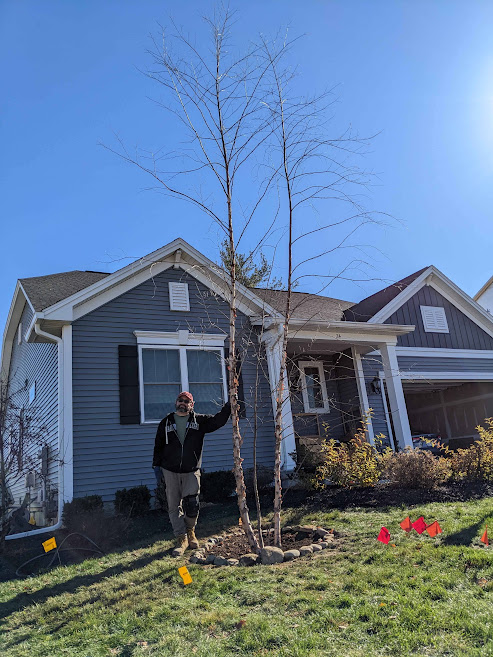Sugar Maple Tree

Sugar maple trees (Acer saccharum) are iconic North American trees known for their stunning fall foliage and sap used to produce maple syrup. Here are some key details about sugar maple trees:
Sugar Maple Characteristics
- Size and Growth: Sugar maples can grow to heights of 60-75 feet, with some reaching up to 100 feet. They typically have a spread of 40-50 feet and grow at a moderate rate of about 12-24 inches per year.
- Leaves: The leaves are 3-5 inches long and equally wide, with five lobes and pointed tips. They turn vibrant shades of yellow, orange, and red in the fall.
- Bark: The bark is smooth and gray when young. The bark becomes furrowed and darker as the tree matures.
- Flowers: Sugar maples produce small, greenish-yellow flowers in early spring. These flowers have an understated beauty.
Habitat and Soil
- Native Range: Sugar maples are native to the northeastern United States and southeastern Canada.
- Soil Preference: They thrive in well-drained, fertile, and slightly acidic to neutral soils. They can tolerate clay, but good drainage is crucial to avoid root rot.
- Climate: These trees prefer cool, moist climates and are hardy in USDA zones 3-8.
Sugar Maple Tree Ecological Importance
- Wildlife: Sugar maples provide habitat and food for various wildlife. Birds, squirrels, and other small mammals feed on their seeds, buds, and leaves.
- Ecosystem Services: They are important for soil stabilization and improving air quality through carbon sequestration.
Uses
- Maple Syrup: Sugar maples are the primary source of sap for maple syrup production. The sap is collected in the early spring when temperatures fluctuate between freezing and thawing.
- Wood: The wood of sugar maples is hard and durable, making it valuable for furniture, flooring, and musical instruments.
- Ornamental: Their attractive shape, vibrant fall colors, and tolerance for urban conditions make them popular as ornamental trees in landscaping.
Care and Maintenance
- Watering: Young sugar maples need regular watering, but established trees are fairly drought-tolerant. However, prolonged drought can stress the trees and affect sap production.
- Pruning: Minimal pruning is required. Prune in late winter or early spring to remove dead or damaged branches.
- Pests and Diseases: Sugar maples are susceptible to pests like the Asian longhorned beetle and diseases such as tar spot and verticillium wilt. Regular monitoring and prompt treatment are essential.
Sugar maples are a beautiful and beneficial addition to any landscape, providing aesthetic value, wildlife support, and the treasured tradition of maple syrup production.
How to hire Jessecology for your tree planting project:
We’d love to meet you! Certainly, our team can design + build an arboretum for your Saratoga, Albany, Delmar or Niskayuna region home or business. Please fill out the “Start Your Project” form and we’ll be in touch soon.



